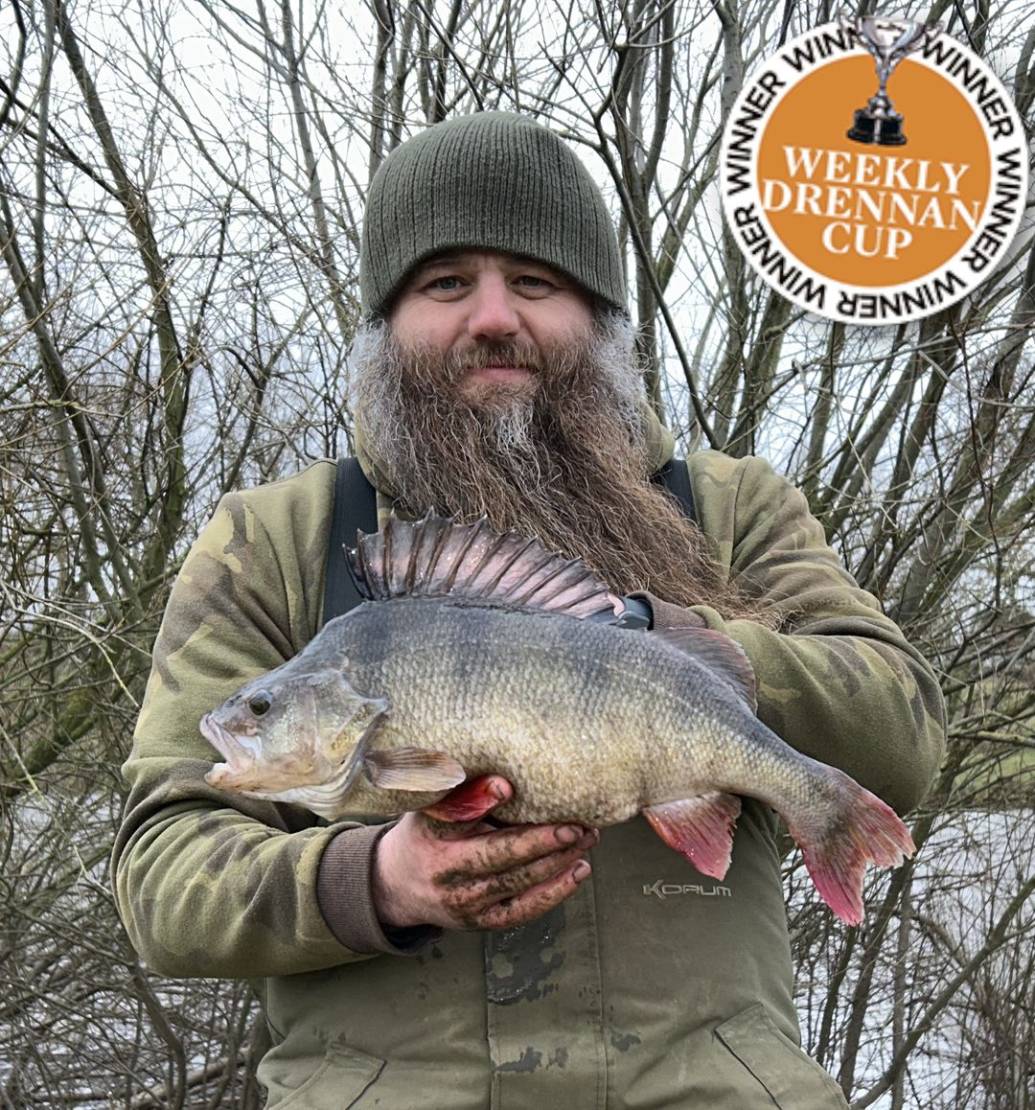
He told us “A few years back I caught a 2lb perch from a stretch of the Yorkshire Ouse whilst pike fishing. I planned to return, but it’d slipped my mind until recently when I stumbled across some old match reports from the stretch. They revealed that contests were often won with bags of perch including fish to over 3lb. This reignited my interest in the area and, in-between floods, I’ve been fishing it. Initially, I caught lots of smaller perch, before figuring out where the larger specimens were.Whilst a range of tactics scored, I’ve had my best results on lobworms. They’re a classic perch bait, but I fish them slightly differently. Sometimes I’ll present them on the bottom but injecting them with air through a fine gauge syringe, which pops them up, before twitching them through the swim, is my preferred way to do it. It’s a tactic I’ve had results on in the past when all else has failed. As perch are visual feeders, I think a twitched worm wafting just off bottom can get the attention of a fish that isn’t really interested in eating.
When fishing this way, I prefer not to feed anything, relying solely on the attraction of my hookbait. In my experience, feeding can draw in smaller fish. I’m after the big ones, and by fishing this way, the fish I catch are generally of a good stamp. Location is key, and I once I’ve found where the larger residents are, I’ll target them with the single hookbait.
A simple link leger setup is my rig of choice, and I’ll pop-up the worm between six inches and a foot off bottom, straight off the link. This could hold anything from a single SSG to a quarter-of-an-ounce bomb, depending on the flow, but I’ll always go as light as I can get away with. Hardware is a 4lb mainline down to a Kamasan B983 hook, between sizes four and eight. Crucially, I use a light glass quivertip, which minimised resistance on a taking fish.
When injecting a lobworm with air (other than being careful not to inject yourself!) it’s crucial to consider the depth of water you’re fishing in. I’ll always drop the rig in the margins to make sure it’s sat to my satisfaction, but when you’re fishing in deep water, the pressure is very different at the bottom. The stretch I’m on is 10ft deep in many places, and as such, I ‘overfill’ the worm slightly, so it’ll comfortably pop-up even under more intense water pressure.
On a recent session I had my best result to date on the tactic, landing a 4lb 10oz fish alongside perch of 2lb 12oz and 2lb exactly. I’d arrived at first light and found the river just about fishable. Casting out, I twitched the worm every minute, with bites often coming straight after moving the bait. These were, as usual, very positive, with my light quivertip confidently wrapping round. I had those fish in a short spell. With a cold weather front rolling in and lots of rain, the fish seemed to know what was on the way, so soon switched off. Next day, the river burst its banks, so it’ll be a while before I’m back again. After a result like that though, I don’t mind too much!”
Well done Darren!
